November 14, 2024 | 14:34 GMT +7
November 14, 2024 | 14:34 GMT +7
Hotline: 0913.378.918
November 14, 2024 | 14:34 GMT +7
Hotline: 0913.378.918
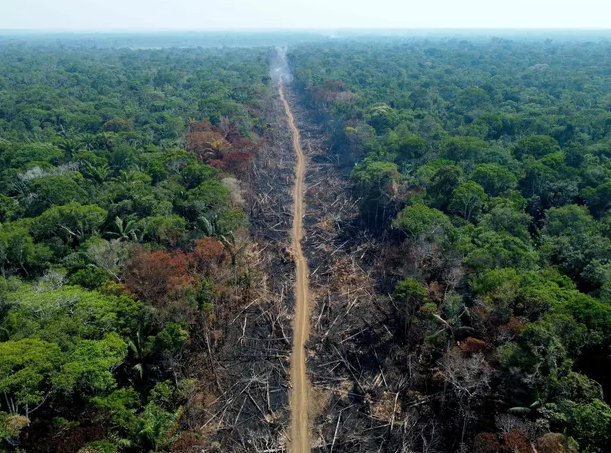
Deforestation in the Amazon rainforest in Humaitá, Amazonas State, Brazil. Photo: Michael Dantas/AFP/Getty Images.
At least $130bn (£100bn) a year is needed to protect the most at-risk areas of tropical forest by the end of the decade, alongside reductions in beef and dairy consumption and government bans on deforestation, a thinktank has warned.
From the Amazon to the Siberian taiga, financing dedicated to forests must be rapidly scaled up if governments are to meet their target of halting and reversing deforestation by the end of this decade, a nonbinding aim agreed by more than 140 world leaders at Cop26 in 2021, which is crucial to limiting global heating well below 2C and halting biodiversity loss.
Currently, finance to protect forests averages between $2bn and $3bn a year, according to Financing the Transition: The Cost of Avoiding Deforestation, one of a series of reports by the Energy Transitions Commission on meeting 1.5C and building a net zero global economy.
The report estimates that eliminating the economic incentive to destroy forests for cattle ranching, agriculture and other uses would cost at least $130bn a year. The money could come from carbon markets, wealthy governments and philanthropists, but there must also be urgent actions such as a ban on clearing forests, developing businesses that rely on standing forests and reducing demand for commodities linked to deforestation, such as palm oil, soya, beef and cocoa.
Lord Turner, a former head of the CBI and ex-chair of the UK government’s Committee on Climate Change, who now chairs the Energy Transitions Commission, said governments should not delude themselves about the scale of the challenge.
“As long as the world consumes more red meat, there will be an incentive to deforest more areas of tropical rainforest. If we have that $130bn coming forward, it could make a material difference. But it would not put a total or permanent stop to it. The danger would be that it would come back in future years,” Turner said.
“This is an area where robust quantification of what you spend and what you get is much more difficult than anywhere else. When we work out how much to spend to decarbonise the electricity system, we can come up with a figure. [With deforestation], there is extreme uncertainty. If you really wanted to spend your way to turning off the deforestation, with a trillion a year you’d probably do it. If you’ve allocated $10bn, which is the kind of figure that comes out of the G7, don’t fool yourself,” he said.
Land use change is the second largest source of human greenhouse gas emissions, with deforestation accounting for about 15% of the total. It is also a major driver of biodiversity loss and ecosystems degradation, and has continued at a relentless pace despite scientific warnings that ecosystems such as the Amazon could soon collapse.
Protecting and expanding forests is key to limiting global heating, alongside massively reducing the consumption of fossil fuels.
Many leading companies buy carbon credits based on protecting rainforests, and governments are increasingly pursuing country-level agreements to prevent forest loss, such as the 2022 deal between Norway and Indonesia. But analysis has found that many rainforest offsetting projects have had little success at stopping deforestation.
(The Guardian)
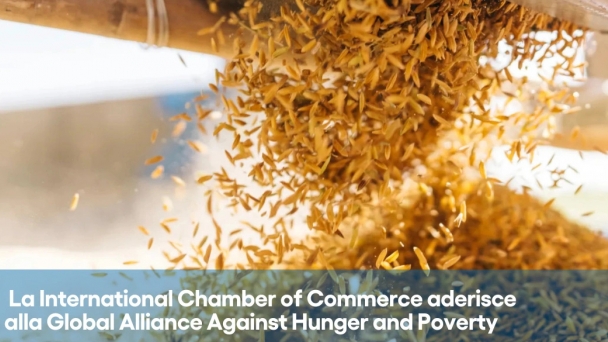
(VAN) The Organization will play a prominent role as it will host the Alliance’s support mechanism at its headquarters in Rome.
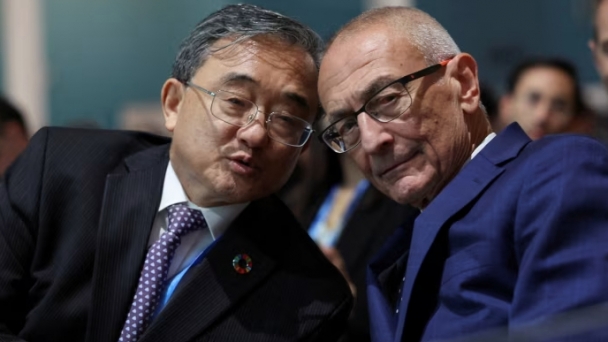
(VAN) Envoy tells COP29 summit in Baku that it is ‘firmly’ committed to controlling methane and other super-pollutants.

(VAN) Once every spring, a few days after the full moon, corals of the great barrier reef release eggs and sperm simultaneously – a phenomenon so spectacular it can be seen from space.
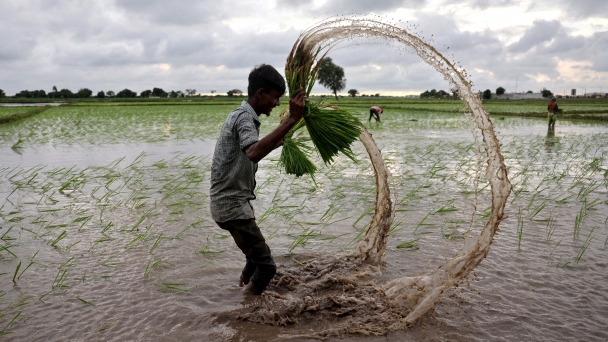
(VAN) A landmark new report predicts that half of the world's food production could fail over the next twenty five years, unless urgent action is taken to address the global water shortage.

(VAN) Once heavily scorned because of fraud and poor outcomes, carbon trading is likely to be high on the agenda in Baku.

(VAN) Firms express optimism about Chinese market.
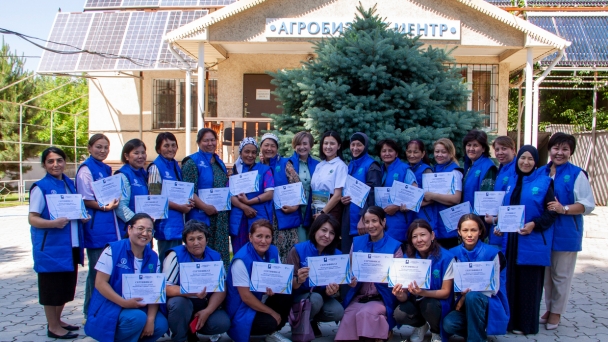
(VAN) Rural women are being empowered with greenhouses and training.